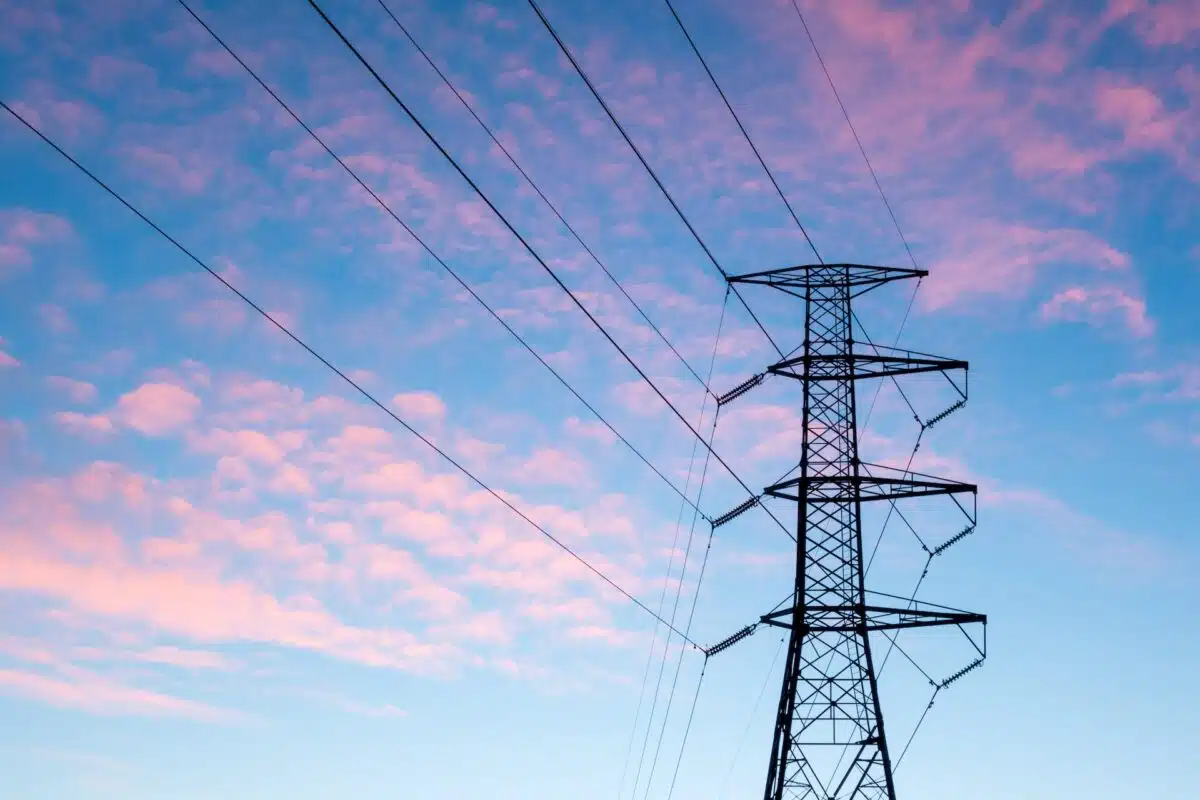Carbon Footprint, Carbon Offsetting, Energy
Future Energy Scenarios 2023 Released
The National Grid Electricity Systems Operator (National Grid ESO) has just released the 2023 Future Energy Scenarios document. The report breaks down how electricity demand and how the inputs to the grid will change over the coming years.
Why is this important?
The Future Energy Scenarios (FES) show how the impact of each kilowatt hour (kWh) of electricity supplied by the National Grid, is predicted to change up until 2050. This has knock on effects for company’s carbon reduction plans and targets that are often reliant on a cleaner grid. In 2022 there was an expected increase in the impact of a kWh of electricity, check out our article on why this is making operational carbon reductions more challenging.
Furthermore, the FES data is also used in whole life carbon assessments for the built environment. The 2017 RICS whole life carbon methodology states: “For UK projects, a conservative ‘slow progression’ scenario from the latest Future Energy Scenarios developed by National Grid, should be used to calculate the decarbonisation adjustment coefficients to be applied to the respective carbon conversion factors based on modest future projections.”
The ‘Slow Progression’ scenario was renamed to ‘Steady Progression’ from 2018 to 2021, and ‘Falling Short’ in 2022. Therefore, the ‘Falling Short’ scenario will affect whole life carbon assessments, specifically the balance between embodied and operational carbon.
What’s changed?
Last year’s Falling Short scenario, showed an expected increase in the impact of a kWh of electricity up until 2024. This would not come back into line with current levels until 2028. This year’s report predicts this will not occur with only a small increase predicted in 2027.
If you are interested in how these changes will affect your company’s carbon reduction plans please get in touch.
Featured image provided royalty free from Unsplash



